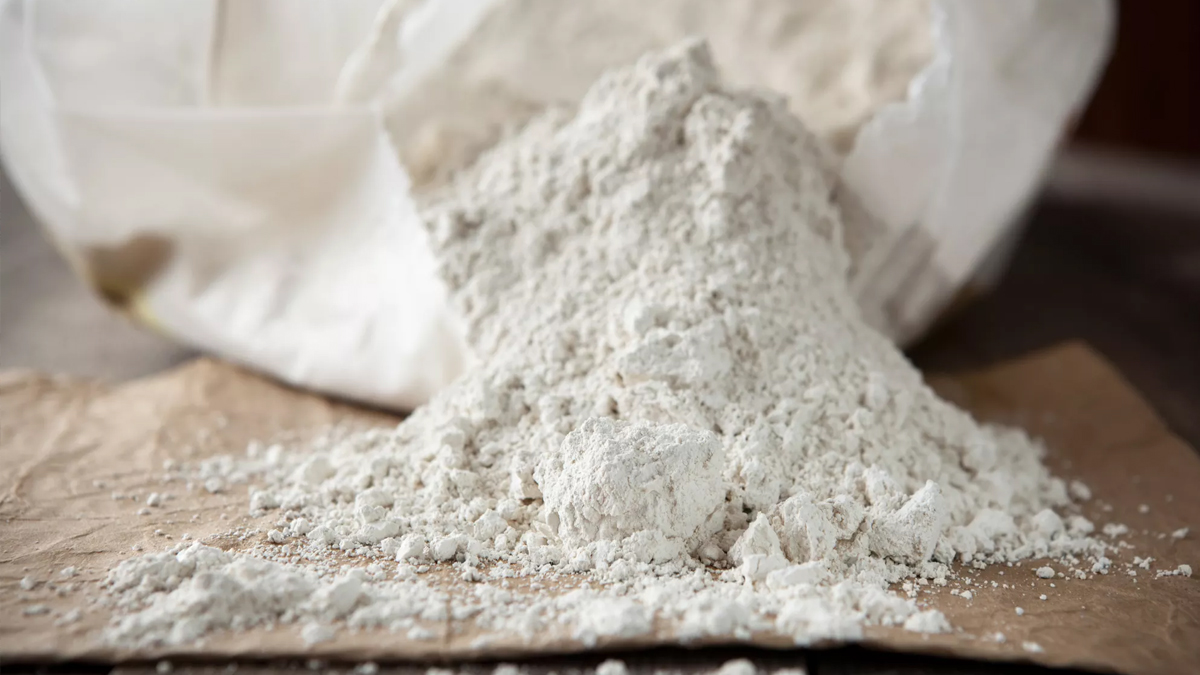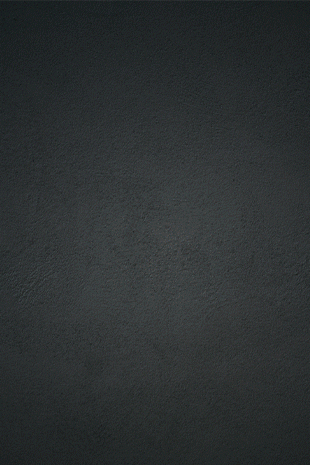on
Diatomaceous earth––also called diatomite or simply DE––is a naturally occurring substance mined from certain lakebed deposits. It is made up of fossilized diatoms, a type of single-celled planktonic algae that lived in the oceans and freshwater lakes of old. The silica-rich shells of these microscopic organisms give this chalk-like substance exceptional porosity and an abrasive property.
When purchasing DE make sure you are buying “food-grade” as some of the other forms it is available in does not work so well in the garden. The consistency of food grade is similar to chalk so you probably will wish to wear protective gear to keep any dust from going into your lungs or eyes. Small amounts won’t hurt you, but who wants to be coughing up dust or dealing with gritty eyes.
Ten uses of DE in your garden
1. Use it as a mechanical pesticide
Diatomaceous earth is a non-toxic way to control pests in the garden. It is effective against all insect pests that crawl on plants because contact with the powder is extremely dehydrating. After watering the plants, dust them with an applicator. This will help the powder stick to plant surfaces. Since dehydration is the main mechanism of action, wetness renders the powder temporarily ineffective, but it starts working once the water dries up. Although diatomaceous earth is a non-selective insecticide, flying insects like bees are less affected as they don’t come in contact with substance. Avoid spraying flowers, however.
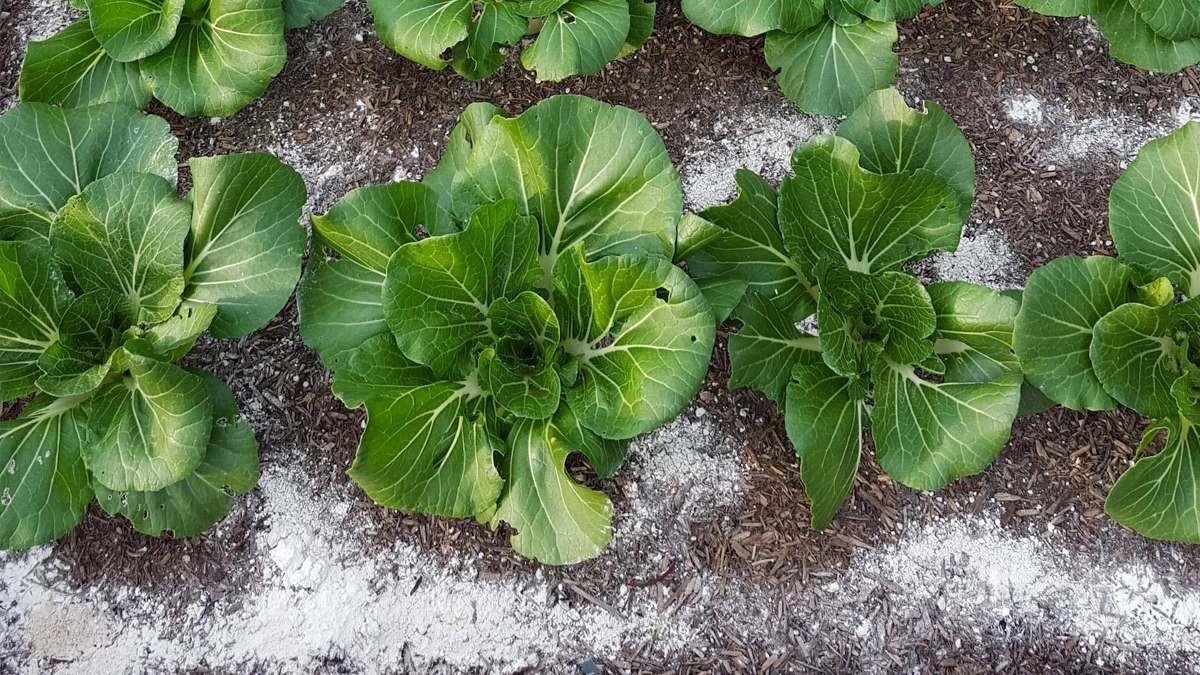
2. Keep slugs off your plants
Slug baits may be one way to lure these night-time pests away from your precious plants, but you can add an additional layer of protection with diatomaceous earth. Apply diatomite in a circle around the plant to keep the mollusks from reaching your hostas, anthuriums, and cabbages. When their soft bodies come in contact with the powder, the sharp particles inflict tiny cuts on the skin. The dehydrating effect of the powder causes them to lose too much fluid.You can also sprinkle food grade diatomaceous earth on the plants. It is non-toxic and washes off easily.
3. Eliminate flies
Flies in the garden, especially black flies, can be a menace; they can make a gardener’s life extremely troublesome during the spring fly season which happens to coincide with the busiest time in the garden. Sprinkle the diatomaceous earth liberally on the plants and on the ground to control them. Flies doused with it will eventually die of dehydration, but what’s more important is that they tend to avoid treated areas.
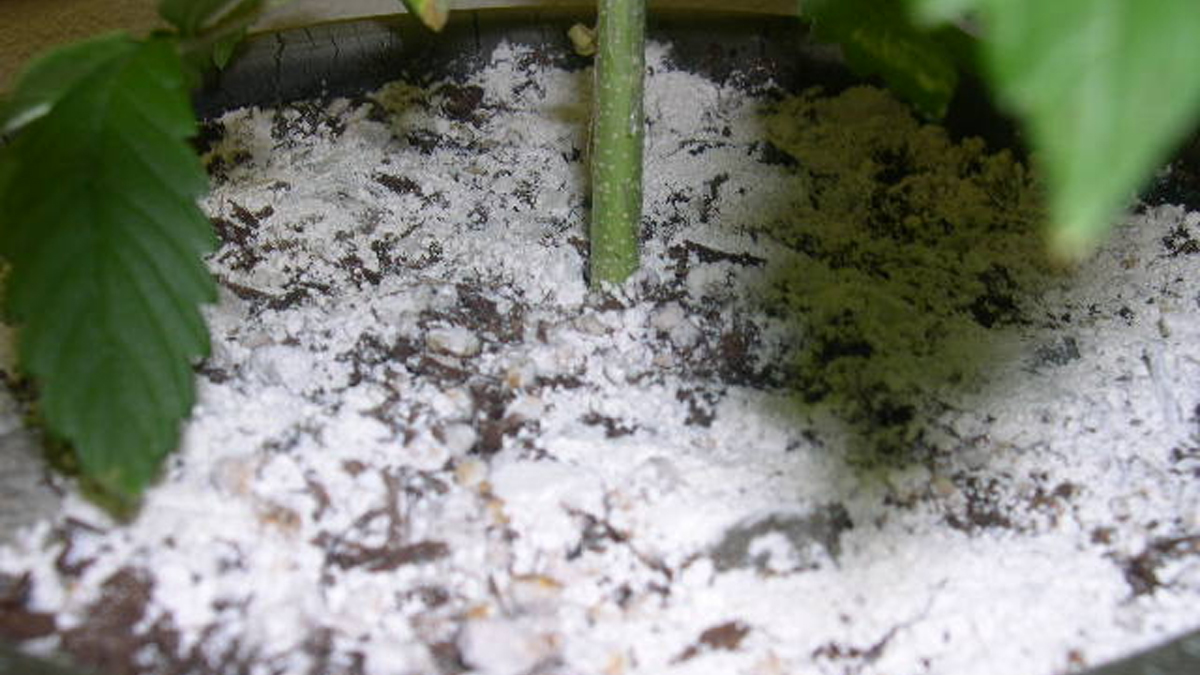
4. Get rid of maggots in compost and manure
Unfinished manure and compost piles can house the larvae of many types of flies that visit them. Some of them, like the soldier fly larvae, are harmless, since they don’t bite or carry diseases. But unless you’re sure of them, or have chickens to handle the maggot situation, you might want to get rid of them. If you’re averse to using chemicals in the garden, diatomaceous earth is your best bet. Just sprinkle it all over the pile.
5. Control aphids
Aphids feed on plant juices by piercing young plant parts and sucking the sap. This can stunt growth and reduce yield. Aphids can reproduce quite fast and, left to their own devices, smother the host plant in no time. They can not only spread to other plants around but spread many viruses also, wreaking havoc in the garden. Diatomaceous earth is an excellent aphid remedy when you want to avoid chemical pesticides in the garden. Dust the infested plants with the powder or mix it with water and use in a sprayer.
6. Get rid of ants
A few ants in the garden pose no threat to you or your plants, but large colonies, especially mounds of fire ants, can be a cause of worry. Another problem with these insects is that they “farm” aphids and scale insects, carrying them to new plants and protecting them from predators. They “milk” the honeydew from them in return. Whenever you see ants frequenting a plant check for these sap-sucking insects. Dust the plants, and anthills with diatomaceous earth to get rid of them.
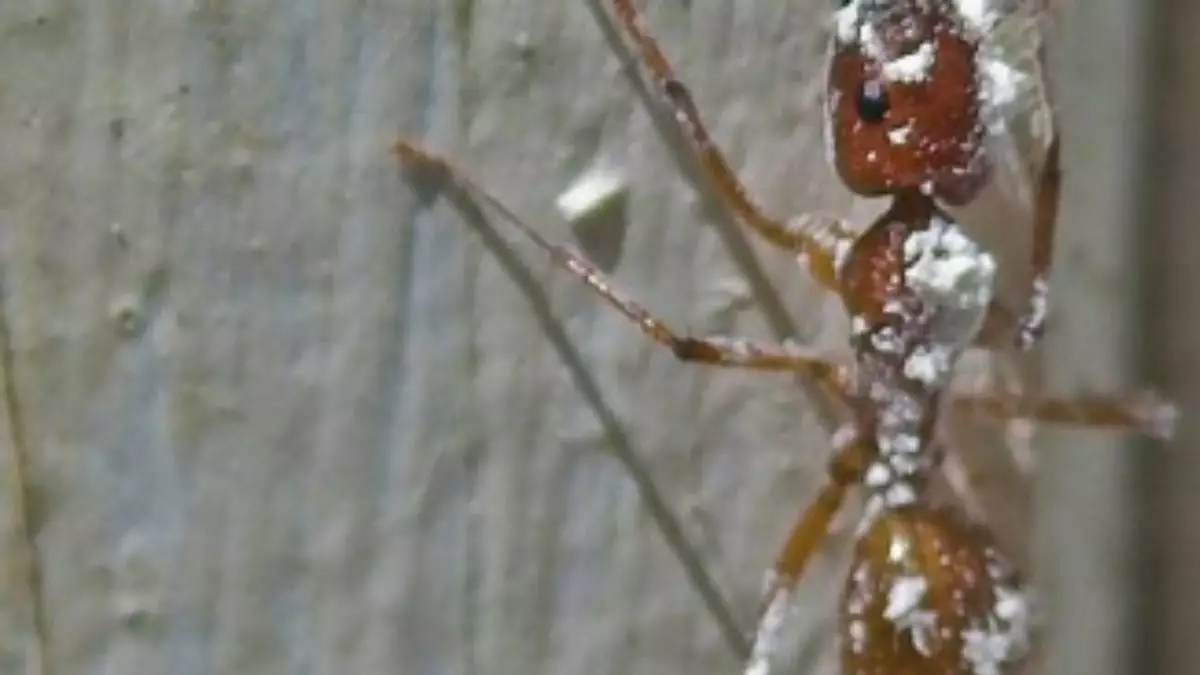
7. Keep tick & flea populations down
Ticks can be a big problem in gardens close to woods. Many wild animals carrying these pests deposit them on your lawn, and the pets may get infected when they play on the lawn. They are not only troublesome but can transmit diseases like Rocky Mountain spotted fever, Colorado tick fever, Tularemia, Ehrlichiosis, Lyme disease, etc. Dust the entire yard, especially the lawn, with a liberal amount of diatomaceous earth. Use an applicator to do this, and repeat it once a month during the tick and flea season.
8. Discourage rodents from visiting your garden
Rodents like rats, moles, mice, and rabbits often do great damage to your garden, but if your sentiments don’t allow trapping them or eliminating them, one option is to discourage their visits. They are known to have an aversion to citrus and peppermint smells, so you can use small containers of diatomaceous earth with a few drops of the essential oil of lemon or peppermint as deterrents. This highly porous substance is better than cotton balls in both absorbing the oil and retaining the smell for longer periods.
9. Use it as a deodorizer
You can use this inert substance in the garden as a chemical-free deodorant. If you have a spot in the garden that cats or dogs use as their toilet, mix in some diatomaceous earth into the top layer of the soil or just sprinkle it liberally all over the place. Sometimes compost piles smell foul, probably because too many wet ingredients like kitchen wastes or fallen fruit have gone into it without sufficient brown ingredients to balance it. Use diatomaceous earth to deodorize the pile.
10. Use it to increase the porosity of your growing medium
Diatomaceous earth is often used as a medium for growing plants, usually in conjunction with other substances. Although it doesn’t have much to offer by way of nutrition, it has the capacity to hold fertilizers and then release it to the roots. That, as well as the porosity, makes it a good growing medium for hydroponic containers and Bonsai culture. Mix it with potting soil to increase drainage and air circulation in the root zone.
Drawbacks to using DE
The downside to DE is that it does not discriminate between pests and beneficial insects. Ladybugs, green lacewings, butterflies, bees, and other “good guys” can also be killed by DE if they come into contact with it. For this reason, we recommend using DE with discretion on and around plants that beneficial insects may frequently visit. Avoid using it around flowers as well.
Get access to premium content and more!



